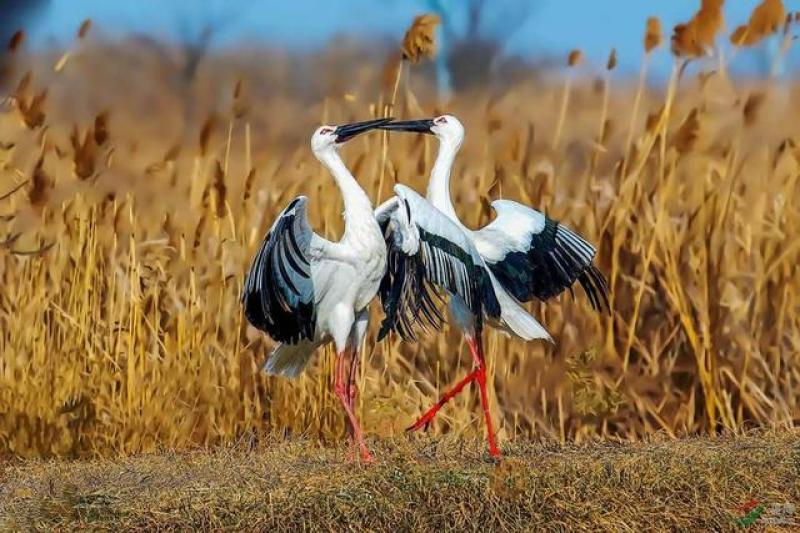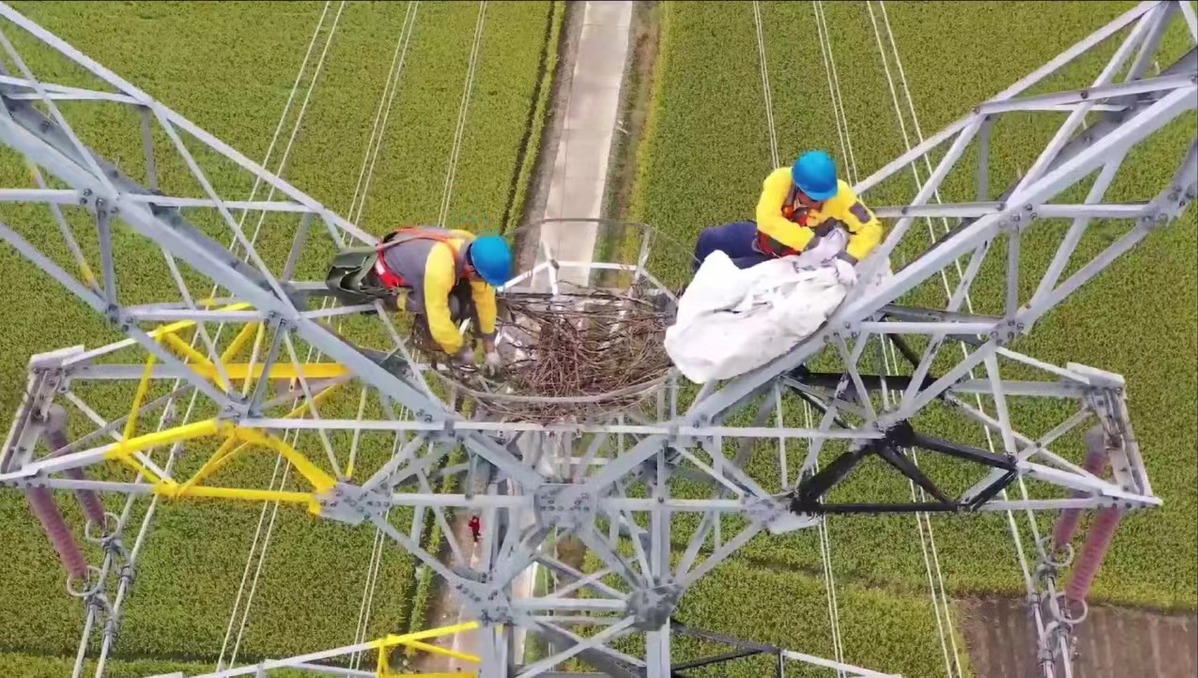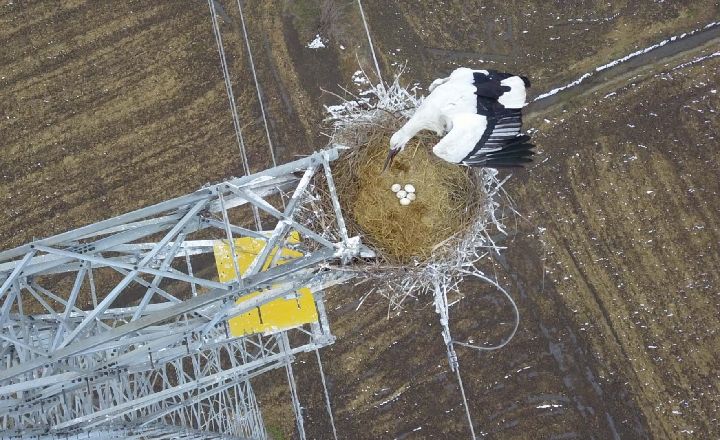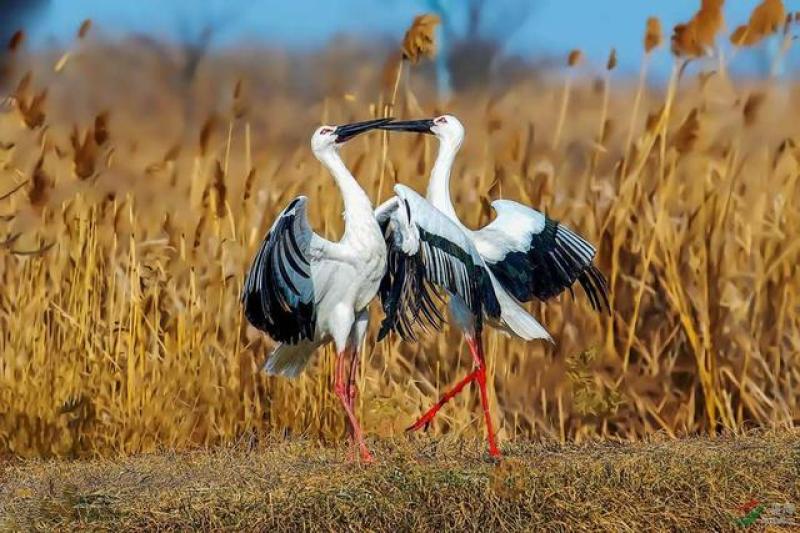Oriental storks rest in man-made nests on electricity pylons in Yangzhou
By: No Author Indicated

Oriental storks rest in man-made nests on electricity pylons in Yangzhou

Two oriental storks play with each other on a field in Gaoyou, a water-rich county in Yangzhou. [All photos provided to chinadaily.com.cn]
Oriental storks, a bird species under first-class state protection in China, seem to have a particular fondness for building their homes on electricity pylons. Each year, about 15 pairs of oriental storks do so in Gaoyou, a water-rich county in northern Yangzhou. To make the iron towers safer and more habitable for these birds, State Grid technicians have installed man-made nests on the pylons for them

Workers make an artificial nest on an electricity pylon in Gaoyou county, Yangzhou.
.

A group of oriental storks are resting on the river in Gaoyou county, Yangzhou.
.

An oriental stork hatches its eggs in the nest made for them on an electricity pylon in Gaoyou county, Yangzhou..
.
BUZZ NOTE: Comments are subject to the Discovery Group RED RULES which may be accessed by clicking on the Discovery Group avatar at the top right of this page.
Political comments are off topic and will be deleted.




I suppose it's the Oriental storks that fly in with the Oriental babies....
Since the nests can grow to over 500 lbs as the storks return year after year, the metal pylons make sensewith or without human help.
In Munster (Alsace) France there are 23 permanent stork nests and a town stork nest expert.
Who can repair or move nests as necessary.
It's practical that they place them on top of chimneys, which means that in the event the storks are nesting during cold weather they could be kept somewhat warm. I note that they are raised so as to not block the rising fumes.
500 lbs???
Nests of white storks adorn French rooftops once again | The Seattle Times
Which is why Mr Whey is concerned with falling nests...
I love these types of articles. Red and I are members of the Whooping Crane society one of the rarest birds in the world.
Every year when we spent a couple of months on the Texas Gulf Coast we would go a few miles to see the Whooping Cranes that had migrated from northern Canada. Amazing sight since they are a very large bird.
Here is a good article on the Whooping Cranes.
I recall when they were declared endangered, and many were concerned at that time. I'm happy to see that they've made a comeback. Here is a video that shows them and you can hear their call:
.